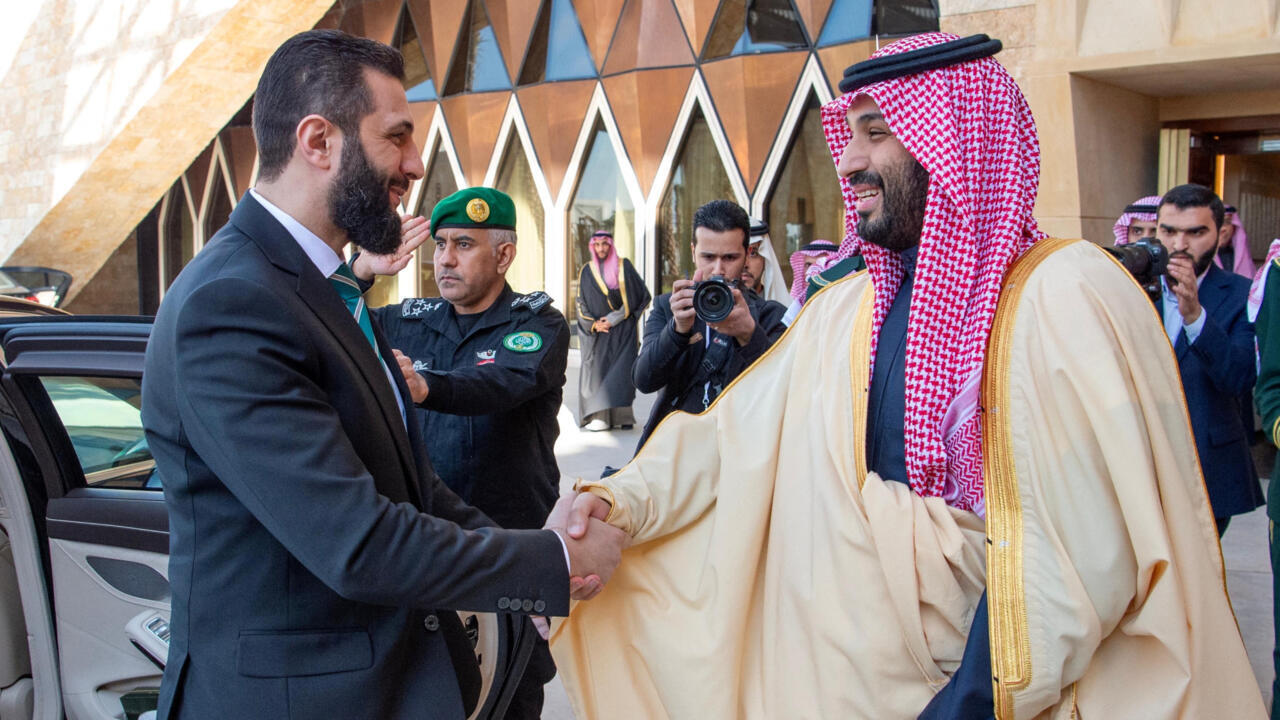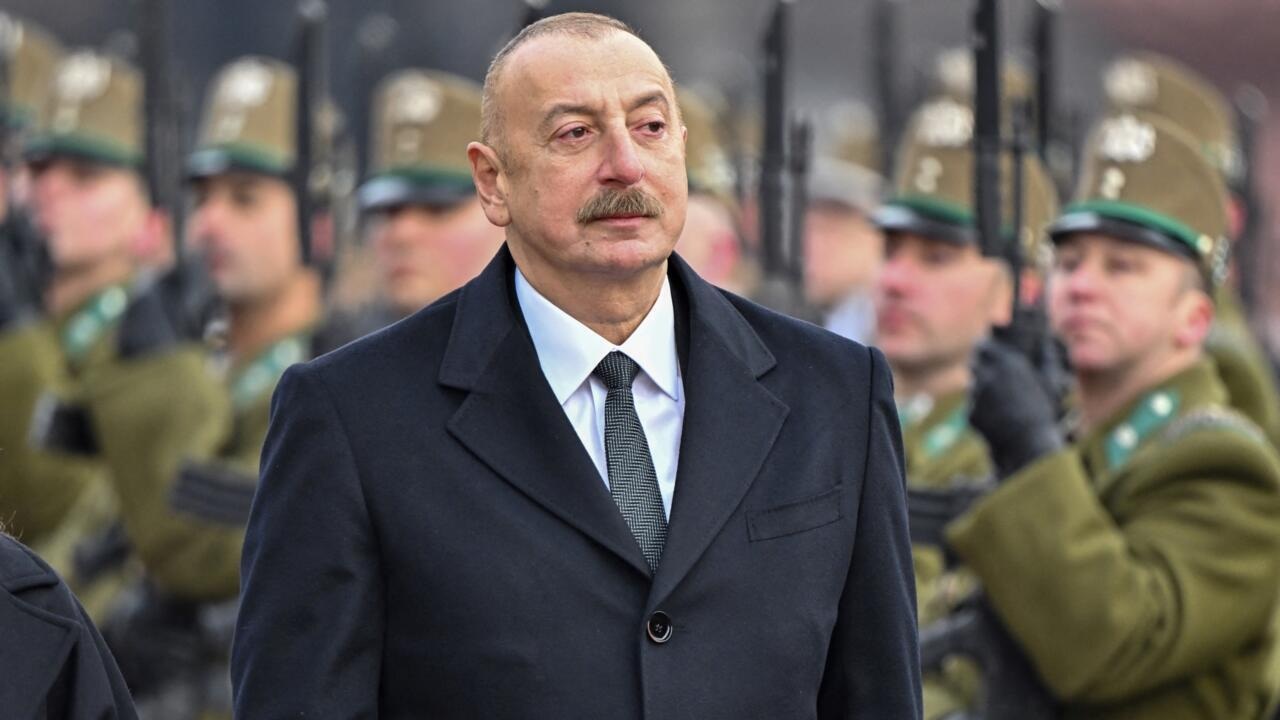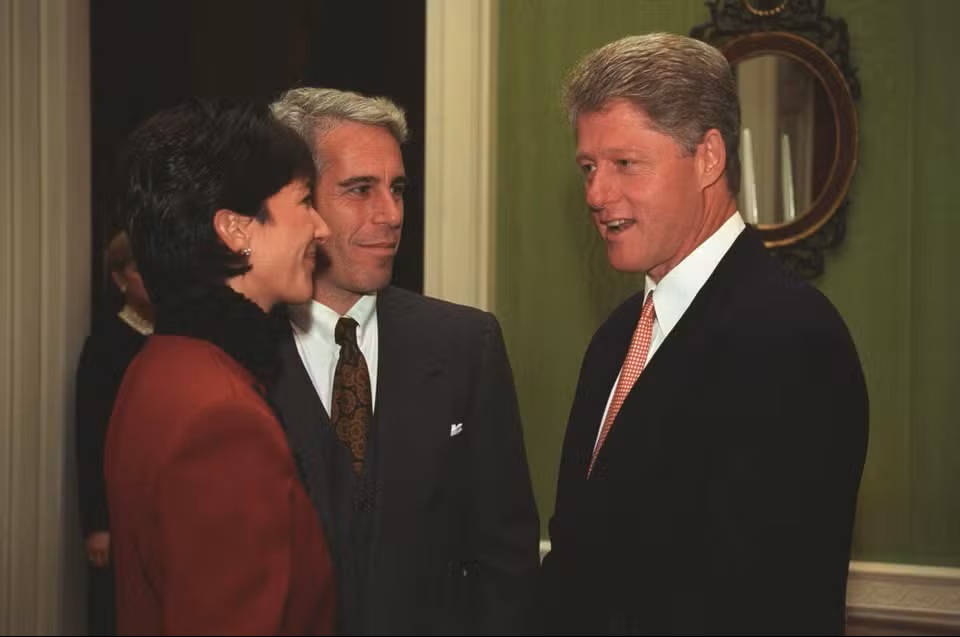
Iran emerged from its eight-year war with Iraq (1980-1988) battered: its economy in shambles, no allies to count on, a fragile new political system, and an exposed national security apparatus. Its first and foremost strategic partner in this precarious state became Hafez al-Assad, who ruled Syria from 1971 to 2000. Now that the Assad dynasty has collapsed, will the new Syrian president Ahmad al Sharaa’s strategic ally be in the region?
By Ahmad Ghosn
Ironically, it was Iran’s vulnerabilities that reassured Assad. His decision to ally with Tehran stemmed from his growing fears of three looming threats: the Ottoman resurgence from the north (Turkey), the Ba'athist menace from the east (Iraq), and the Zionist expansion from the south (Israel).
Today, following the recent collapse of the regime of Bashar al-Assad (the son of Hafez) and the transitional leadership of Al-Sharaa, history seems to be repeating itself. Al-Sharaa now faces three existential concerns: Turkish territorial expansion, Shiite encroachment from Iraq, and Israeli territorial ambitions in the south.
But unlike the predecessors who had Iran to rely on, who will save the new Hafez Al-Assad?
The Turkish Threat from the North
Turkey has long posed a strategic challenge to Syria’s national security. The tension dates back to France’s decision to cede the Sanjak of Alexandretta (Hatay) to Turkey in 1939, a move Syria has never entirely accepted.
This was later compounded by disputes over the Euphrates River, where Ankara’s large-scale water projects - most notably the Southeastern Anatolia Project (GAP) and the construction of the Atatürk Dam in 1992 - significantly reduced Syria’s water supply, raising alarm over its water security.
Relations hit a breaking point when Hafez Al-Assad provided sanctuary to Abdullah Öcalan, the leader of the Kurdistan Workers’ Party (PKK), allowing the group to operate within Syrian borders. Turkey saw this as a direct threat to its security and accused Damascus of leveraging the PKK as a bargaining chip against Ankara.

The Iraqi Threat from the East
The schism within the Ba’ath Party between Syria and Iraq fuelled decades of hostility. The failed unity agreement between the two countries (1978–1979) and Hafez Al-Assad’s refusal to recognise Saddam Hussein’s leadership turned their relationship into one of open confrontation.
Assad subsequently threw his weight behind Iran in the Iran-Iraq War (1980–1988) and later aligned with Kuwait during Saddam’s invasion in 1990. Syria became one of the first Arab nations to condemn Iraq’s aggression, even joining the U.S.-led coalition to liberate Kuwait.
The Israeli Threat from the South
Since its occupation of the Golan Heights in 1967, Israel has remained Syria’s primary geopolitical adversary. The two countries engaged in open warfare during the 1973 October War, and Israel later extended its military reach by occupying southern Lebanon from 1978 to 2000. Syria responded by supporting Palestinian and Lebanese resistance movements, while diplomatic efforts—such as the 1991 Madrid Peace Conference—ultimately failed to yield any tangible results.
Turkey played a decisive role in the regime change in Syria. This came after multiple failed negotiations between Ankara and the previous regime. Following Al-Sharaa’s ascension to transitional leadership, reports have surfaced about potential joint defence agreements, Turkish military bases in Syria (which Ankara denies), and Turkish investors preparing to enter the Syrian market.
At the same time, Turkey has been pressuring the new leadership to neutralise Kurdish forces in northern Syria, demanding that the Syrian Democratic Forces (SDF) disarm and integrate into state institutions. Given that the SDF continues to advocate for autonomy, Ankara sees it as a direct threat to national security.
Despite the public display of diplomatic cooperation, Turkey remains a serious existential threat to Syria. There is no standing army at the border to prevent Ankara from advancing further into Syrian territory, eroding sovereignty, or launching deep strikes should the new regime fail to manage Kurdish militias.
Furthermore, Turkey’s growing influence over decision-makers in Damascus could result in Syria becoming increasingly dependent on Ankara. This could lead to Syria isolating itself or plunging into another war, as it may be forced to align with Turkey's interests, potentially at the expense of its own sovereignty and security.
While Iran’s regional influence has diminished, its grip over Iraq is at an all-time high. This poses a sectarian threat to Al-Sharaa’s Syria, as Iran could quickly mobilise its Shiite militia network—the so-called "Shia Crescent"—against a Syrian state that currently lacks a strong military force. However, it's important to note that other regional powers, such as Saudi Arabia and the United Arab Emirates, could also play a significant role in the Syrian conflict, potentially complicating the situation further.
Additionally, ISIS remains an active threat in the Syrian-Iraqi border regions, with its fighters regrouping near strategic border points. The potential resurgence of ISIS could significantly destabilize the region, posing a serious security threat to the new Syrian President and his government.
Just hours after the fall of the previous regime, Israeli Prime Minister Benjamin Netanyahu declared that Israel was unilaterally nullifying the 1974 border agreement with Syria. He ordered the Israel Defense Forces (IDF) to seize the Purple Line, a demilitarised zone Israel withdrew from in 1974.
Simultaneously, the Israeli Air Force launched Operation Bashan Arrow, targeting Syria’s military infrastructure. The strikes obliterated Syria’s naval fleet and its chemical and strategic weapons stockpiles.
As long as the Israeli project has not yet reached its idealised borders—from the Nile to the Euphrates—it will continue its policy of annexation and territorial encroachment. For Syria and its neighbours, this makes Israel a perpetual security threat.
Syria’s geopolitical determinism
The current predicament of Al-Sharaa mirrors a crucial juncture in Hafez Al-Assad’s political journey. Assad was once faced with a similar dilemma: align with a geographically distant but strategically crucial country. Syria and Iran were mutually dependent to assert their roles as regional powerhouses.
Following Iran's decline as a regional power today, which country’s interests align with those of the emerging Syria? Which new player seeks a regional role alongside Turkey and Israel? Where was Ahmed Al-Sharaa's first foreign destination outside Syria? Who will gain influence in Syria in exchange for saving the new Syrian President? Saudi Arabia, the new regional power.






